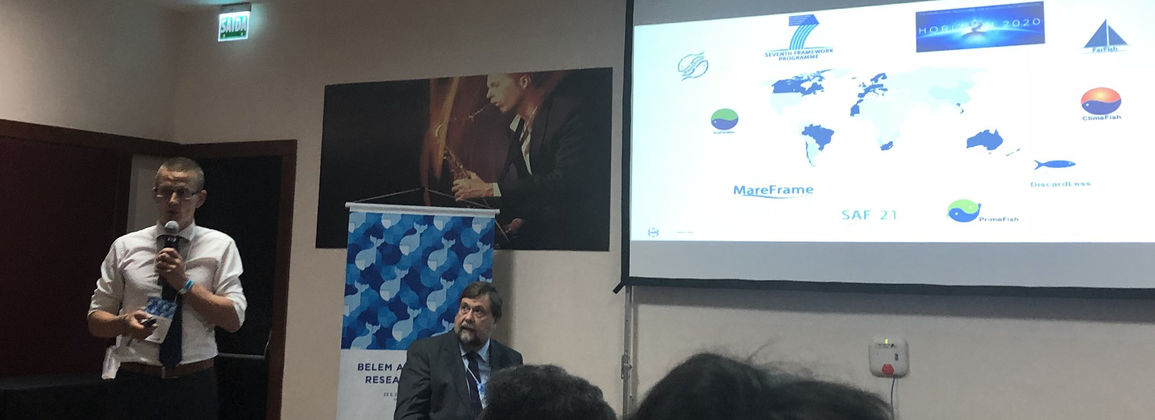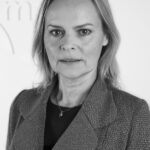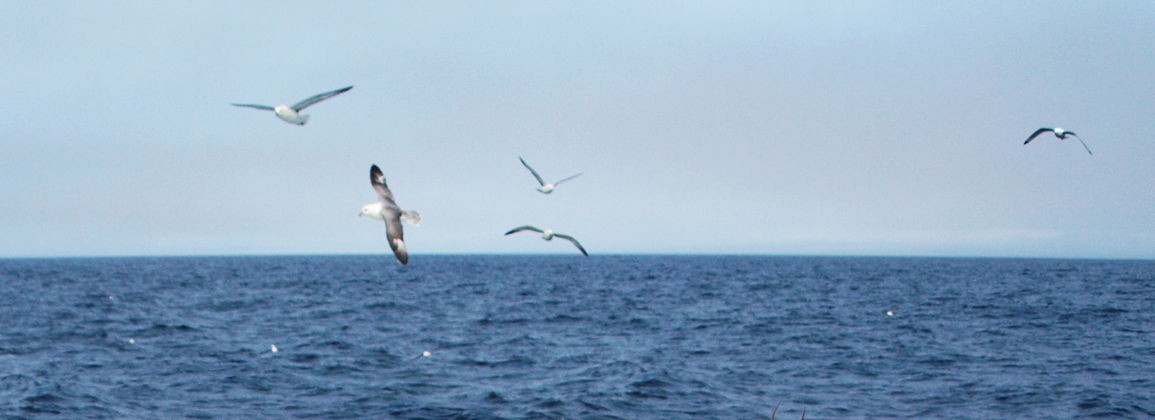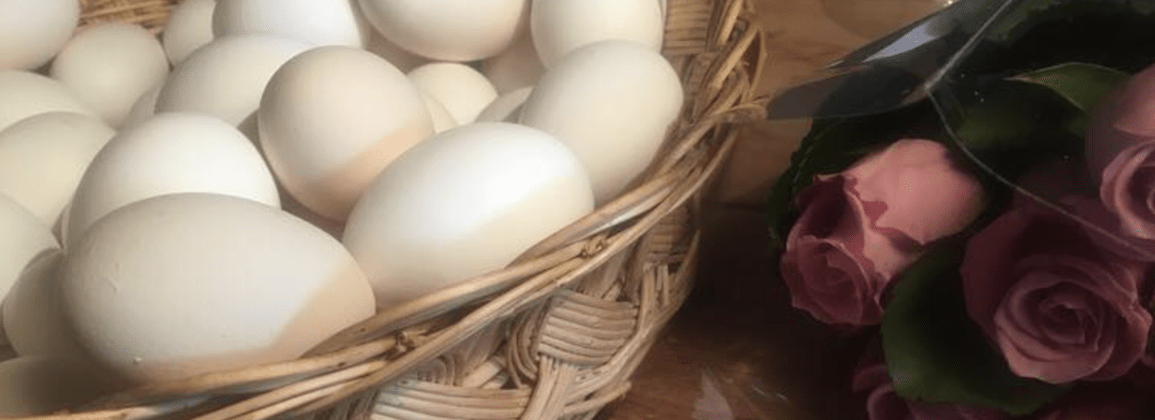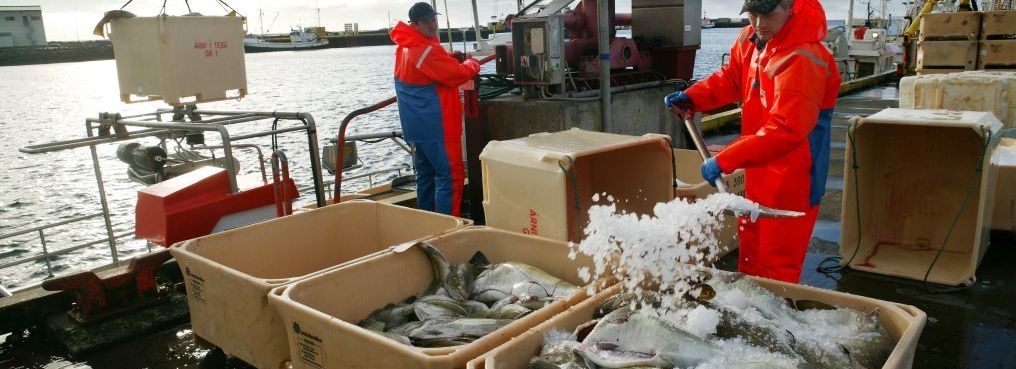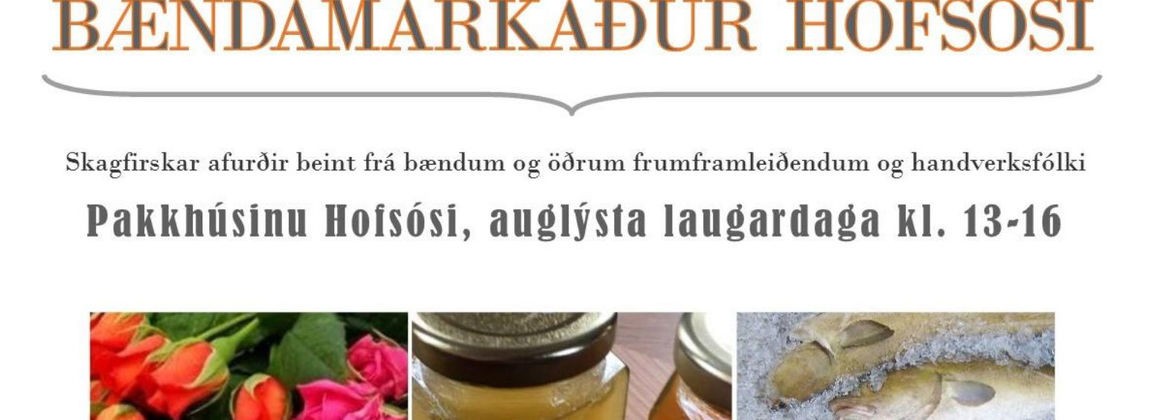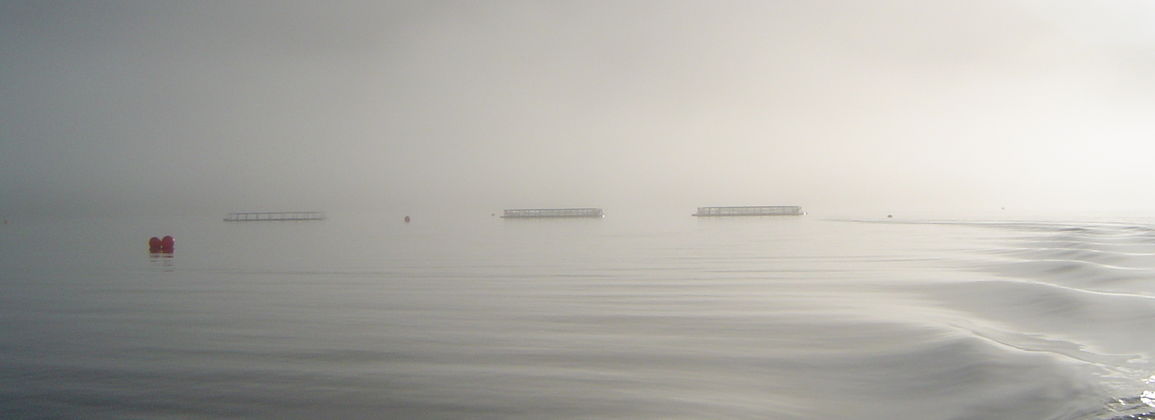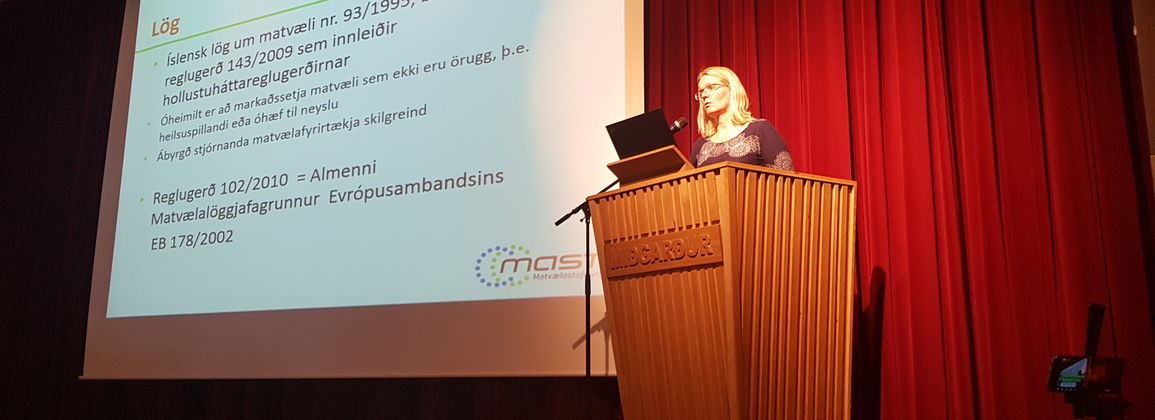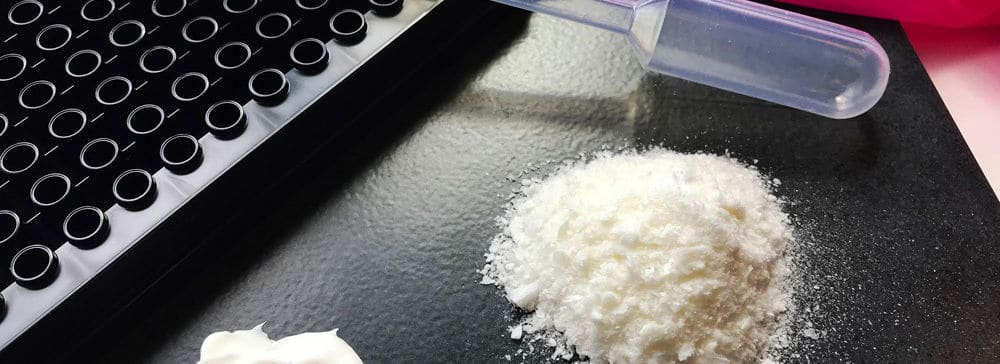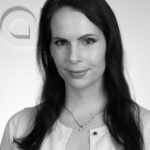The Food and Agriculture Organization of the United Nations (FAO) on Tuesday released a detailed report on the effects of climate change on fisheries and aquaculture. The report, which covers six hundred pages of material from over two hundred authors, contains one of the most comprehensive assessments of the issue published to date and places particular emphasis on the importance of the development of action and adaptation plans and their implementation.
Carbon dioxide levels have increased by 40% since the beginning of the Industrial Revolution. The main causes are emissions from fossil fuels, deforestation and agriculture. It is therefore hardly misleading that this enormous increase is man-made. The world's oceans have bound about 25-30% of this carbon dioxide and have also absorbed about 93% of the temperature rise that has taken place since the beginning of the Industrial Revolution, which has led to global warming as well as sea level rise by an average of 0.19 m. In addition, this high ocean uptake causes CO2increased acidification of the sea, but the acidity of the sea has increased by an average of 26% since the Industrial Revolution, which is thought to have a detrimental effect on terrifying organisms. Following this development, it is clear that the world's oceans, as well as lakes and water systems, are undergoing major changes. Recent forecasts suggest that these changes will increase further in the near future, which could have a significant impact on the capacity of the ocean and freshwater systems to support the fisheries and aquaculture production we rely on today.
What changes are taking place?
The impact of climate change on potential world power was assessed under two different scenarios, the most optimistic, RCP2.6, and the most pessimistic, RCP8.5. The conclusion is that under both of these scenarios, the capacity of the sea to support fishing will decrease. Under RCP2.6 it is estimated that potential domestic power will shrink by 2.8 - 5.3% by the year 2050 (compared to 2000) and under RCP8.5 it will shrink by 7 - 12.1%. Under RCP8.5, these numbers will continue to rise to 16.2% - 25.2% until the end of the 21st century. These changes will have different effects between parts of the world and in rich jurisdictions, where some areas will see an increase while others a decline in catches. The largest recession is expected to occur in tropical countries, especially in the South Pacific. The report cites a study from 2010, where the results showed that the distribution of world catches (ie the share of different countries in the total catch) will change significantly until the year 2055. It assumes an average increase of 30-70% at higher latitudes (north of 50 ° N) but a contraction of 40% in tropical countries. However, although forecasts show that areas at higher latitudes are likely to see an increase in potential catches (including Norway, Russia, Greenland and Canada), it is estimated that by the middle of the century, catches south of the Northeast Atlantic will have shrinks by up to 30%. Forecasts of an increase in total income, fishermen's and households' income, fish prices and other economic values also largely follow the aforementioned forecasts of changes in catches. It should be noted, however, that there was considerable variability between the results of the models applied in areas at higher latitudes and therefore greater uncertainty in those areas.
When looking specifically at the changes that have already taken place in the North Atlantic due to climate change, one can mention the increase in sea surface temperature by 0.1 to 0.5 ° C per decade. However, this warming varied between regions and very few areas, such as the sea east of Greenland, cooled slightly in the years 1982-2010. The pace of this warming has increased significantly since the early 1980s and is expected to continue to increase in the future. Long-term sea level rise has also been observed in the North Atlantic, over a period that now spans decades. This is of particular concern for more northern areas, where the solubility of carbon dioxide is higher in cold water. This trend is expected to continue, but the effects of this acidification on shellfish organisms and juvenile fish are still largely unclear. Changes in the distribution and migration patterns of various species have also been reported, both in the Northeast and the Northwest Atlantic. Such changes have in some cases caused considerable confusion regarding the division of quotas between coastal states and fleets, a problem that is likely to increase further in the future as more species begin to move between state jurisdictions and fisheries management areas.
Impact on aquaculture
Most of the growth in seafood production that is considered necessary to meet increased demand will mainly come from aquaculture and freshwater. It is therefore extremely important to understand the impact of climate change on industry. Climate change is likely to have a direct and indirect effect on aquaculture, both in time and space, but the FAO report calls in particular for more research in this area. Examples of possible short-term effects are a decline in production and damage to infrastructure due to severe weather, diseases, toxic algae and parasites, as well as reduced productivity due to changes in the farming environment. Examples of long-term effects are lack of wild larvae (for shellfish farming), limited access to fresh water and feed, altered farming environment, eutrophication of water or other disturbances of important environmental factors.
Farming in Asia is considered to be the most vulnerable to climate change in terms of freshwater farming, with countries such as Vietnam, Bangladesh and China being specifically mentioned. In terms of aquaculture, Norway and Chile are considered the most vulnerable to future changes, especially in view of the scale of aquaculture in these countries and its economic importance. It should be noted, however, that the Faroe Islands were not included in this assessment due to a lack of data, but it is likely that the Faroe Islands would have been published in a similar location to Chile and Norway, given the importance of the industry to the country. The vulnerability of aquaculture in sea and freshwater is directly linked to its management, whether it is managed by the government and / or the aquaculture companies themselves. Given that aquaculture can be particularly vulnerable to short-term shocks, for example due to weather or other unforeseen environmental factors, it is important to assess both short-term and long-term effects when preparing response and adaptation plans to climate change.
The FAO concludes that regional and marine planning, as well as ecosystem management, can increase aquaculture's capacity to cope with future climate change, which requires increased knowledge of time and space risk factors, their prioritization and the development of adaptation plans in collaboration with stakeholders. to implement in governance.
Preparation of response and adaptation plans
The ability of fishing companies, fishermen and aquaculture companies to cope with future changes will be determined by their ability to adapt to changing circumstances and short-term shocks. It is therefore necessary to increase our understanding of the basics of adaptability in order to be better equipped to deal with the changes. This can be done by engaging in the development of response and adaptation plans. Not only is it important to identify the key risks and opportunities for adaptation, but it is also important to identify the opportunities offered by the variables for the industry, not just as a whole, but in all its aspects. In this way, those most vulnerable to climate change can be helped to maintain their livelihoods. This is especially important when it comes to developing countries, where small-scale fishing and small-scale aquaculture are a major part of the livelihoods of people and communities. The ability of individuals and societies to adapt to climate change is based on their vulnerability to change, how vulnerable they are to it and their ability to adapt to it. Poor individuals and communities that rely on fisheries and aquaculture are therefore the most vulnerable groups as they are less able to adapt to changing circumstances, both due to their geographical location and economic status.
Matís participates in the ClimeFish project
ClimeFish is one of several large-scale research projects under the umbrella of Europe's fisheries research and innovation program involving Matís, which examines the impact of impending climate change on fishing and aquaculture in sea and freshwater in Europe, as well as setting up response and adaptation programs. . Matís oversees the part of the project that deals with the development of methodologies for preparing such response and adaptation plans. This recent FAO report is therefore a welcome summary of what is happening in the world in this area, but it should be noted that one of the six main authors of the report is also a participant in the ClimeFish project. The final results of the ClimeFish project will be available by April 2020 and will include forecasts of the impact of future climate change on fishing and aquaculture in 16 case studies in Europe, as well as risk analyzes and adaptation plans for 7 of these 16 case studies. Finally, the methodology developed within the project will also be useful for further analysis.
Further information can be obtained from Ragnhildur Friðriksdóttir at Matís and on the website of the ClimeFish project www.climefish.eu.
The FAO report is also available on their website http://www.fao.org/3/I9705EN/i9705en.pdf

